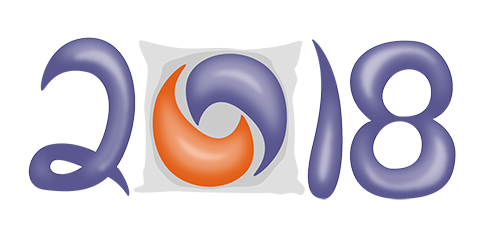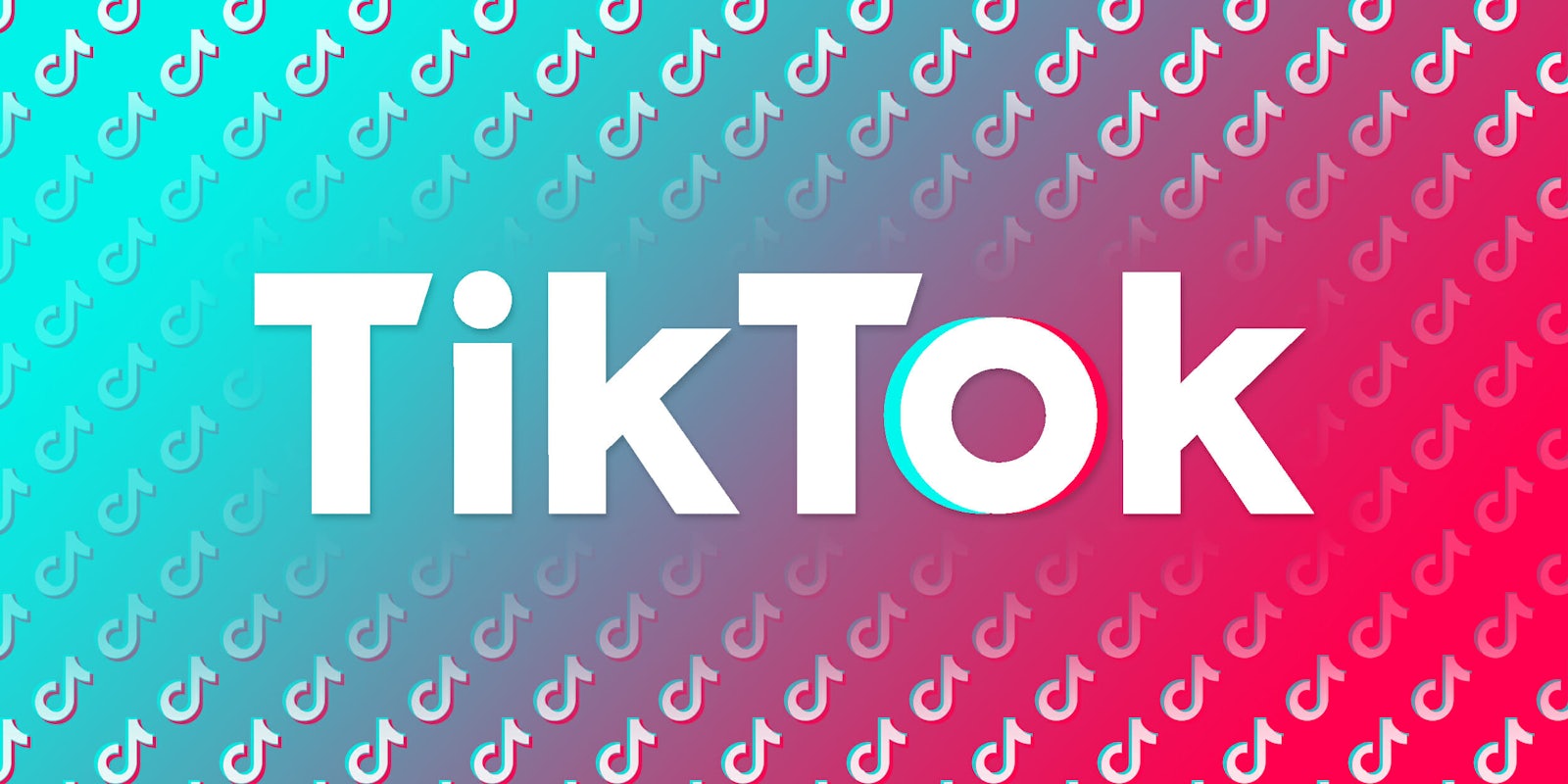TikTok is an immediate window into teen life: You’re in their bedrooms, kitchens, classrooms, cars. There are braces, dirty rooms, eye rolls, simple expressions of teenage ennui and creativity.
There’s something else: They’re sped up, pitch-shifted, shortening their arms, using other people’s legs, filtering faces. Remember the scene in Eighth Grade where Kayla gets to the pool party and nervously surveys all the teen behaviors in slow motion? That’s kind of what parts of TikTok feel like.

Still, it was a good year for TikTok, the short-form, 15-second video and lip-syncing app that blew past 6 million downloads in October, after debuting in early August. The app was formerly known as Musical.ly, the wildly popular lip-sync app. TikTok’s parent company, the Beijing-based ByteDance, acquired Musical.ly in November 2017 and absorbed many of Musical.ly’s teen stars, like Baby Ariel and Jacob Sartorius. But it’s also evolved beyond lip-synching.
Challenges are one of the main attractions on TikTok; as of early December, some of the top trending challenge hashtags include #eatonthebeat, in which users eat to the beat of a song; #racethemicrowave, in which they put a certain amount of time on their microwave and do something physical in that time; #pillowchallenge, in which they infinitely fall into their pillow thanks to some editing tools. This is the kind of viral content that might typically appear on Twitter or Instagram (or the sorely missed Vine, the app’s closest predecessor), but now TikTok has given it a place to incubate.
Though it wants to be different, there’s still a uniform feel to TikTok: The framing and editing often give videos the look of iPhone commercials. Creators often name the challenges themselves, though sometimes TikTok does push out new ones. If you scroll deeper into TikTok, you’ll find weirder stuff like #fullhouse, which involves people recreating the opening scene of Full House, or #dancewithalien, in which humans dance with the green animated alien from the “Dame Tu Cosita” video. Last month the app was flooded with cringeworthy Overwatch memes; there are more than 800,000 results when you Google “TikTok cringe compilation.” And then there are more pure videos, like this one from the #pretendinstrument tag:
https://twitter.com/XicanitaBonita/status/1054209741436542978
Last month Jimmy Fallon’s viral tumbleweed challenge (and less popular Sharpie challenge) signaled a growing celebrity presence on the app. Fallon’s team reportedly approached TikTok about getting involved, and the tumbleweed challenge, which involves people rolling on the ground like a piece of tumbleweed, was apparently something he came up with. More recently Cardi B, Offset, Blake Griffin, and Awkwafina participated in the #WrapBattle, in which celebrities competitively wrap gifts. There is a chance that celebrity involvement with the app could turn TikTok into another version of Fallon’s Tonight Show challenges, but this is the life cycle. Remember Dubsmash?
Algorithm-based curation pushes popular content to the top of TikTok’s “For You” page, and you don’t necessarily have to build a brand on the app to become popular. TikTok didn’t offer info on its user demographics, though you do have to be 13 or older to sign up. And it’s not all teens: Nurses, firefighters, and military have found a niche there too.
There has of course been competition and pushback: Facebook, limping along after a chaotic year, put out its version, Lasso, to mostly shrugs last month. Indonesia banned the app over the summer for containing “pornography” and “blasphemy.” A Medium article from September pointed out how easy it is for sexually suggestive comments and harassment to reach younger users. A BuzzFeed article from November detailed how users are experiencing bullying via the app’s Duet feature. Troubling hashtags like #selfharmscars have appeared on TikTok, though there are quite a few anti-self harm hashtags as well. A representative said they are “very strict” about age violations and harassment on the app.
https://twitter.com/tiktok_memes/status/1068130833452548096
But right now we’re still trying to gauge what TikTok is: It’s fun! It’s annoying! It’s a meme generator, and there’s a repetition to it that is somewhat soothing. Often, memes will disappear only to reappear in a different context weeks later, each user building on it with different music and visuals. But the celebrities are already being onboarded, and the brands will come, and the app will see some different challenges.
